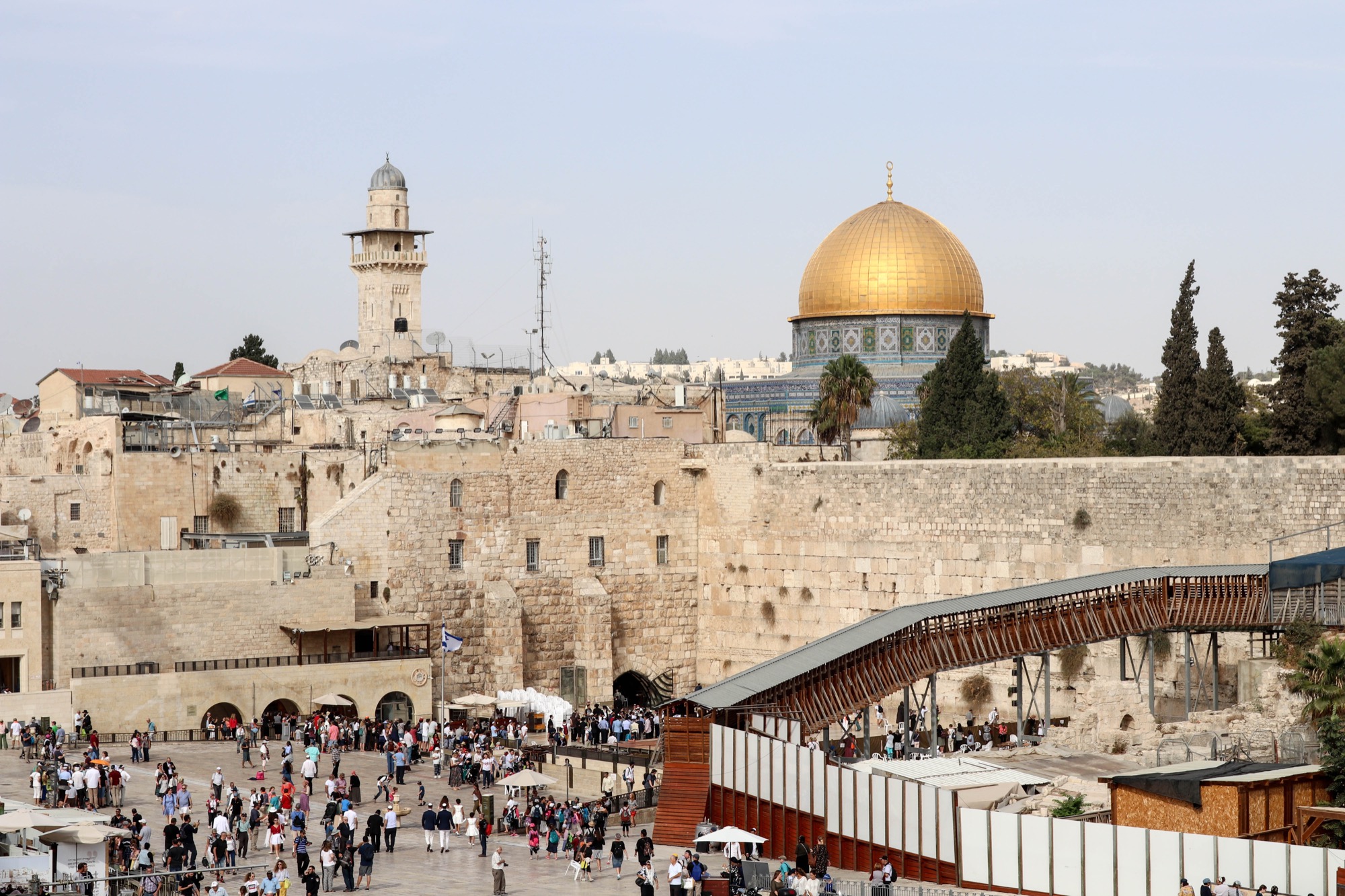More Malkiya Kibbutz
The kibbutz, which is located along the border of Lebanon, is a collective community which raises beef cattle and produces wine, fruit, and other agricultural products.
The kibbutz, which is located along the border of Lebanon, is a collective community which raises beef cattle and produces wine, fruit, and other agricultural products.

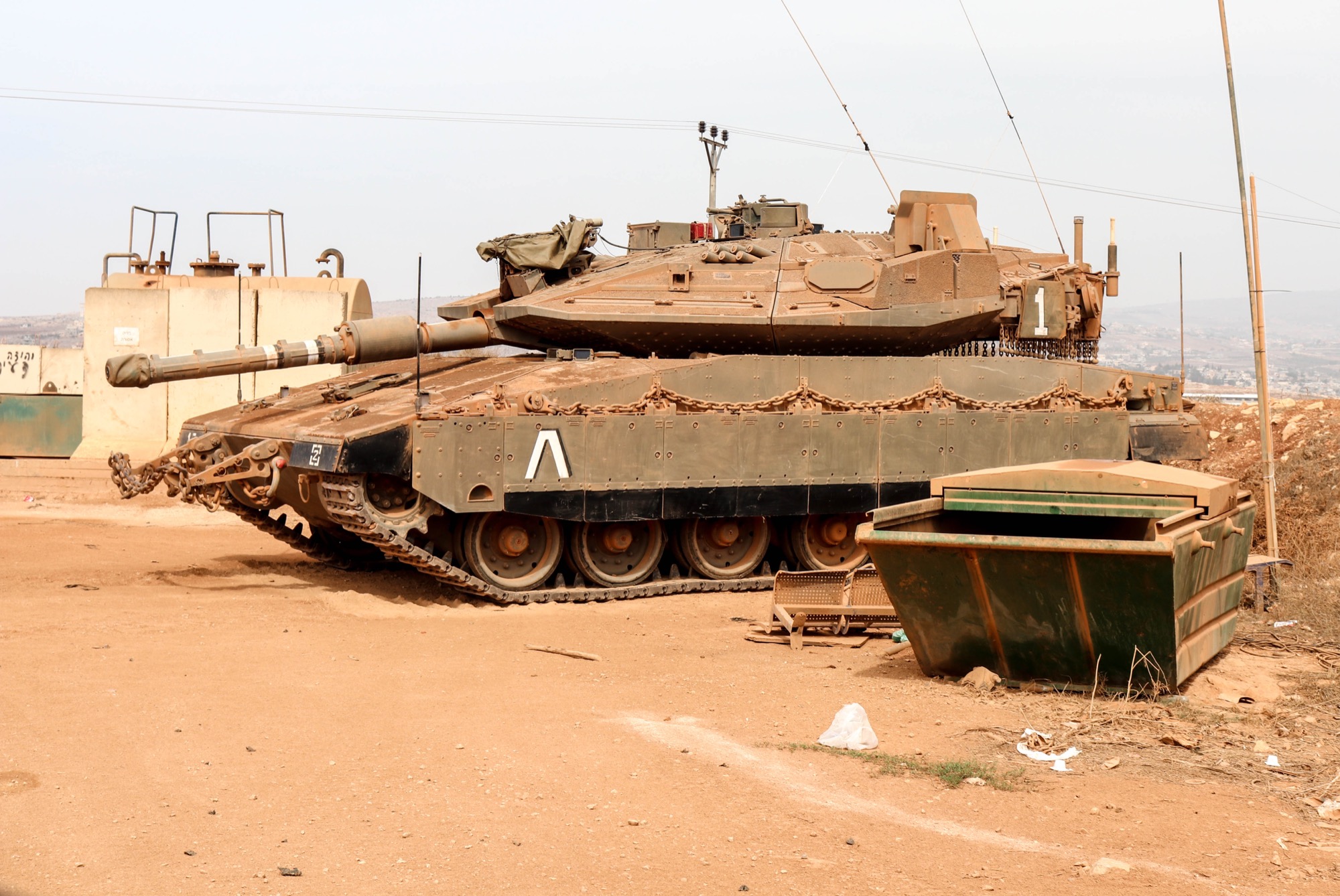
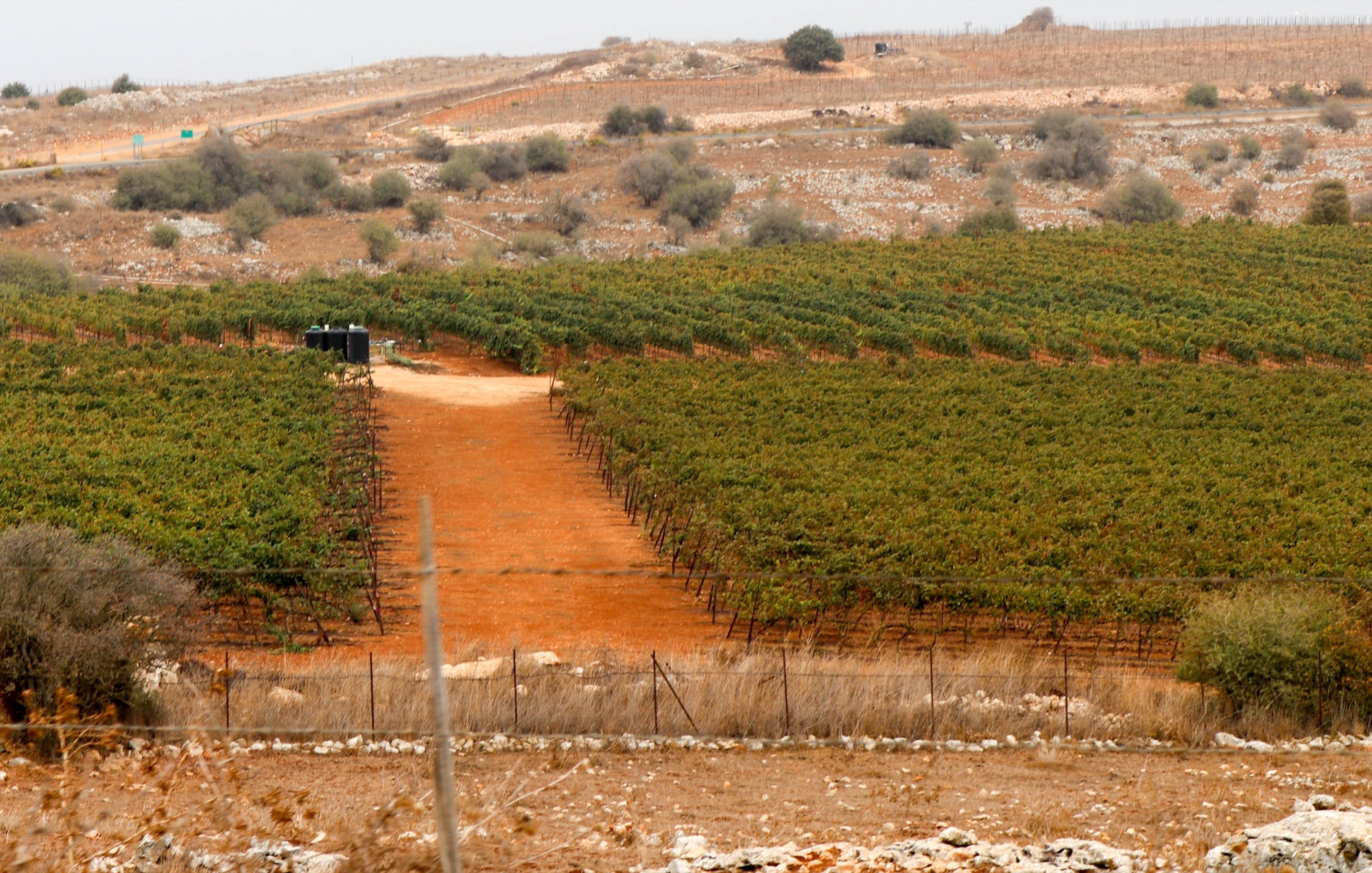


The Hula Valley Nature Reserve is an important rest stop for migrating birds that are traveling between Europe and Africa. The reserve, which covers about 30 square miles, consists of a large lake surrounded by meadows that have walking paths and hiking trails running through them.
There are many native plants, both terrestrial and aquatic, as well as an abundance of insects, frogs, turtles, and small mammals that live in the reserve. Along the path, we saw a Roughtail Rock Agama (Stellagama stellio) and a Broad Scarlet Dragonfly (Crocothemis erythraea).






Across the lake at Hula Valley Nature Reserve there is a covered bridge that is designed as a birding blind. The bridge allows people to observe and photograph birds without disturbing them. We spent a very delightful couple of hours sitting in the bridge and watching the birds and the fish go by. It was a pleasant way to spend the afternoon.
One of the animals we observed was a coypu (Myocastor coypus). This semiaquatic rodent can eat up to 25% of its body weight daily in plant material. In Russia and some areas of eastern Europe, coypu are farmed for their meat. In the Hula Nature Reserve, they are protected.



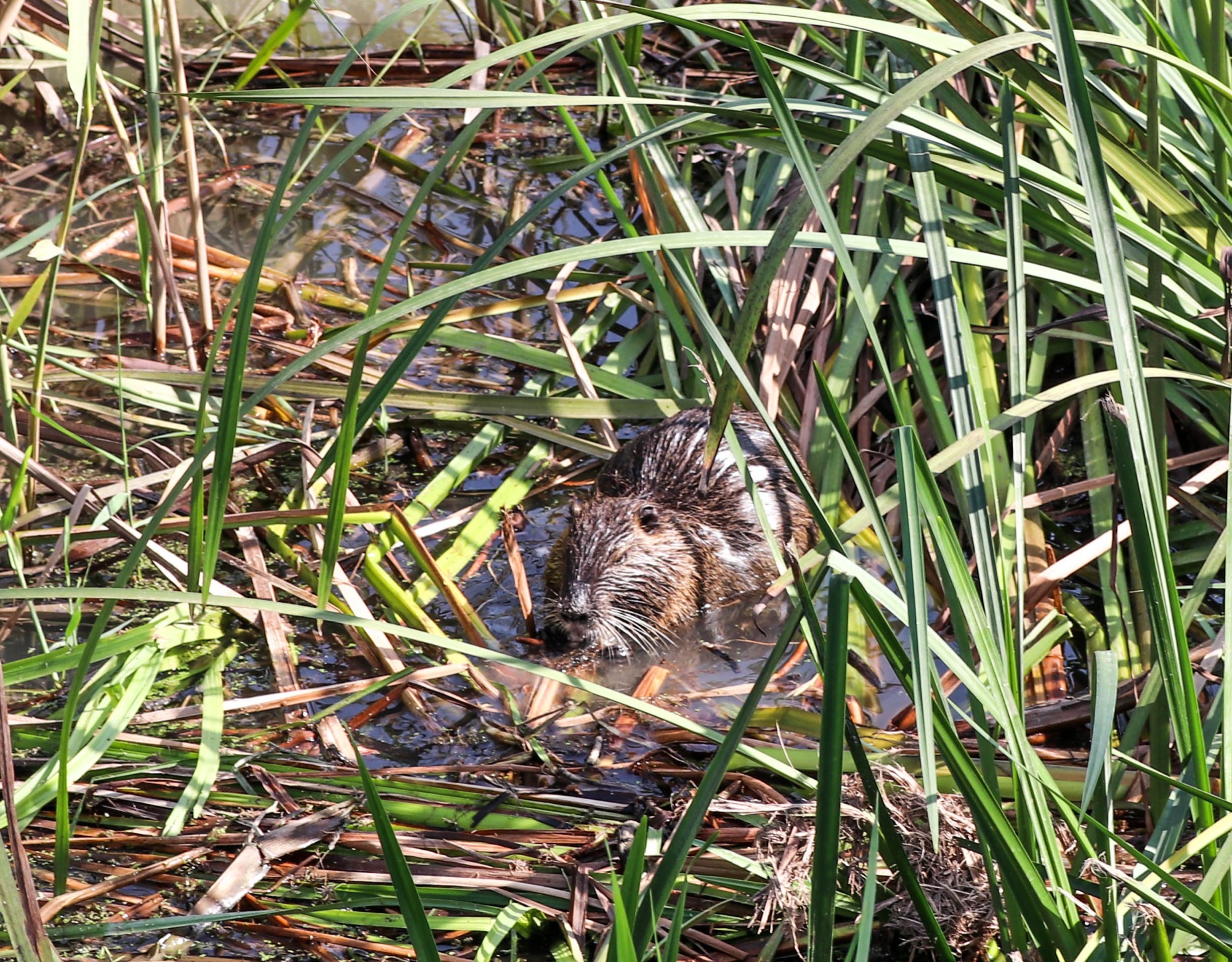

Some of the birds that we saw during our visit included the Pied Kingfisher (Ceryle rudis), the Common Crane (Grus grus), the Little Egret (Egretta garzetta), and the Little Crake (Porzana parva).





We enjoyed watching the Pygmy Cormorants (Microcarbo pygmeus) hold their wings out to dry in the sun and the flock of Common Myna birds (Acridotheres tristis) hanging out in the trees near the meadow.

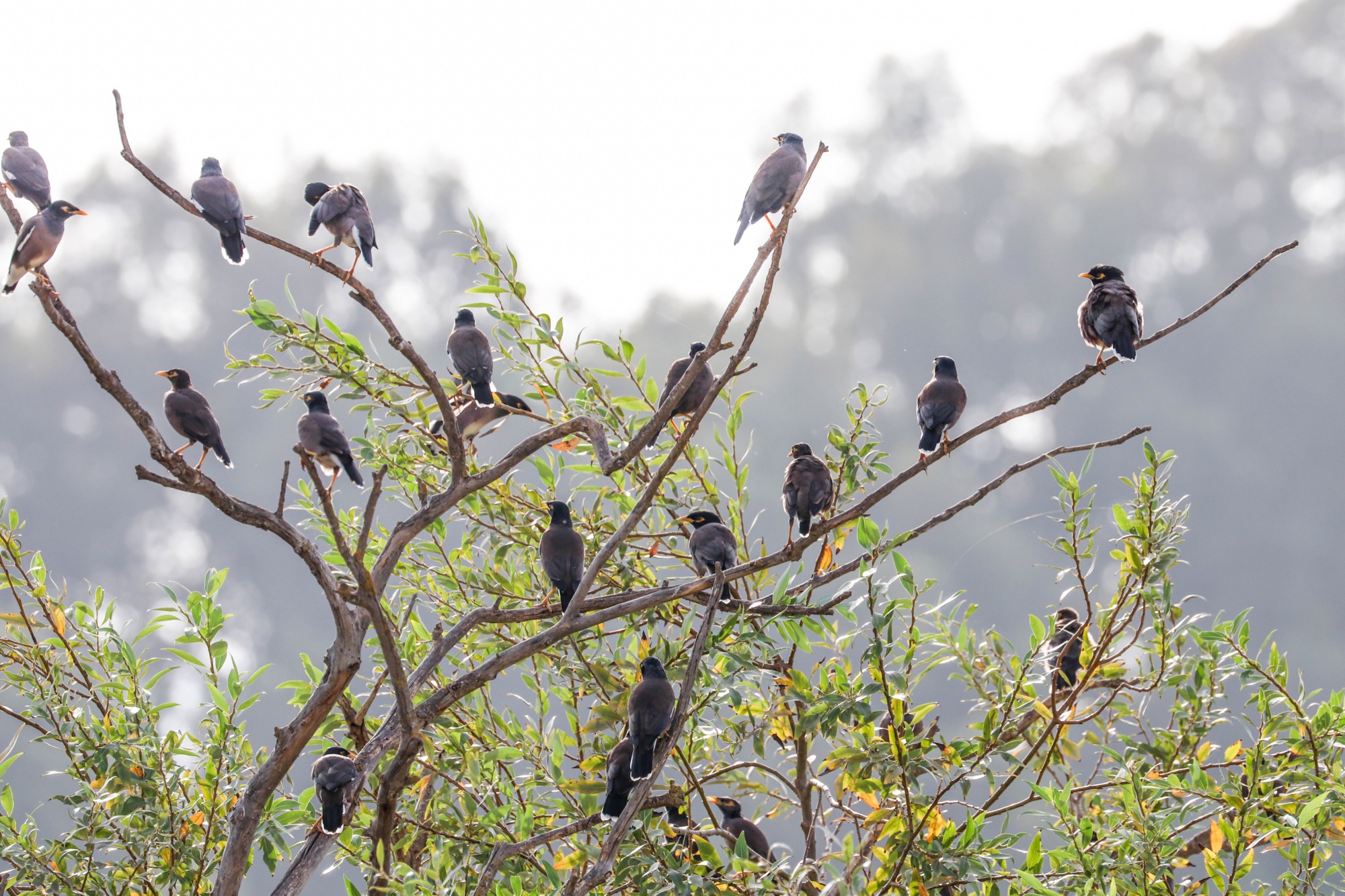
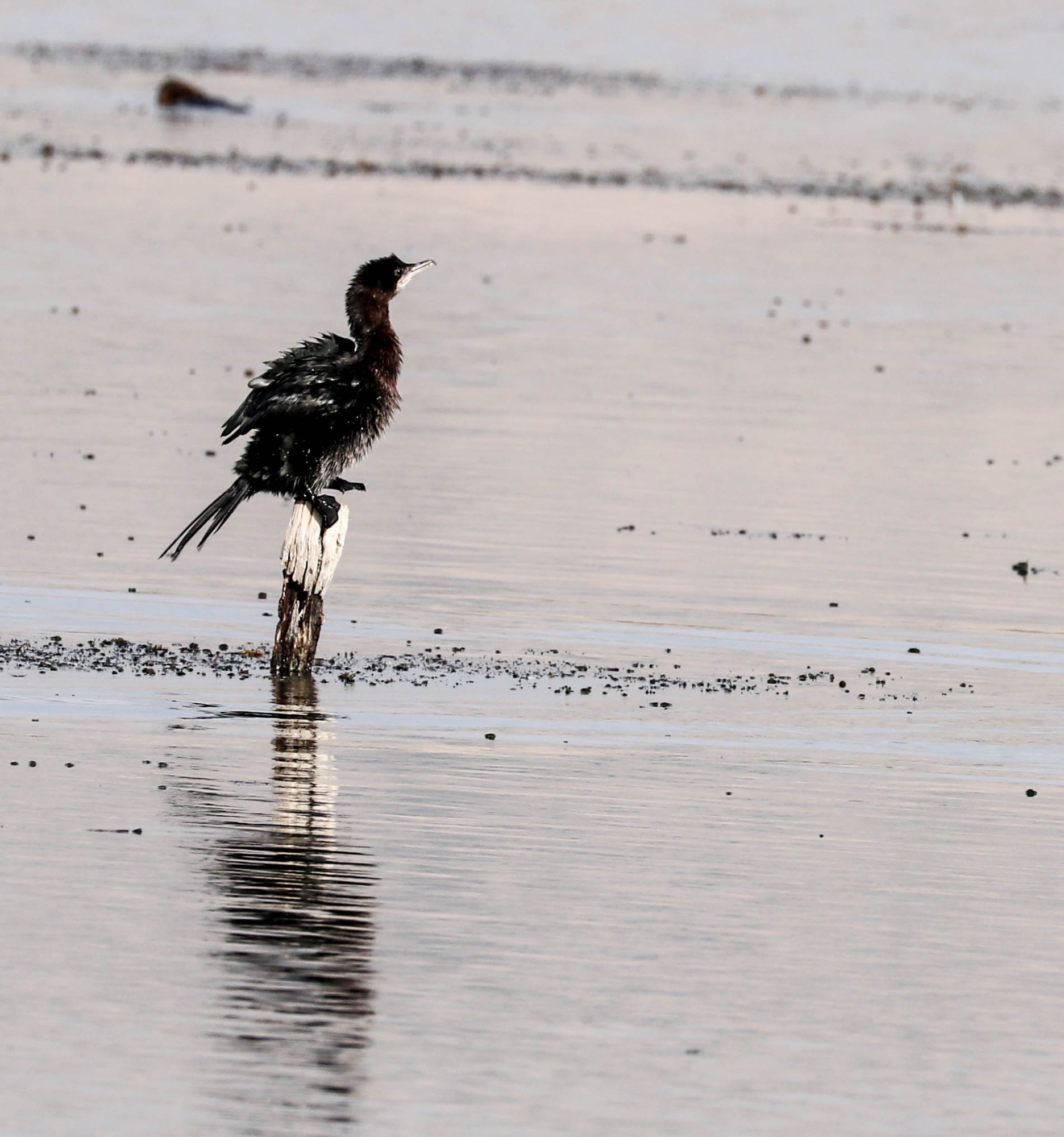

The catfish in the lake were huge and there were large numbers of them. In addition, there were several other types of fish that hung out near the clear water by the bridge. We were also able to spot a Caspian Turtle grazing on the aquatic plants.
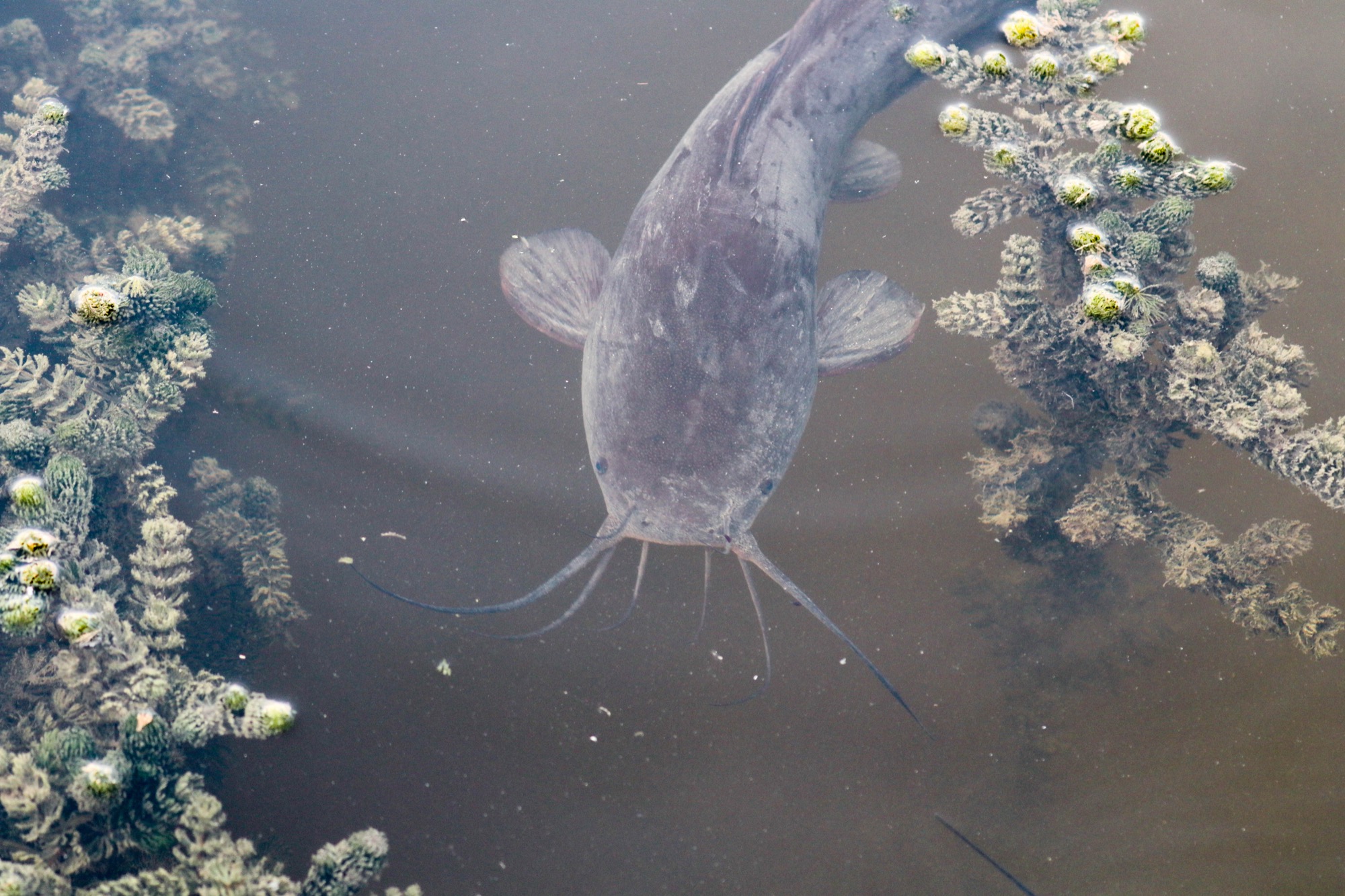


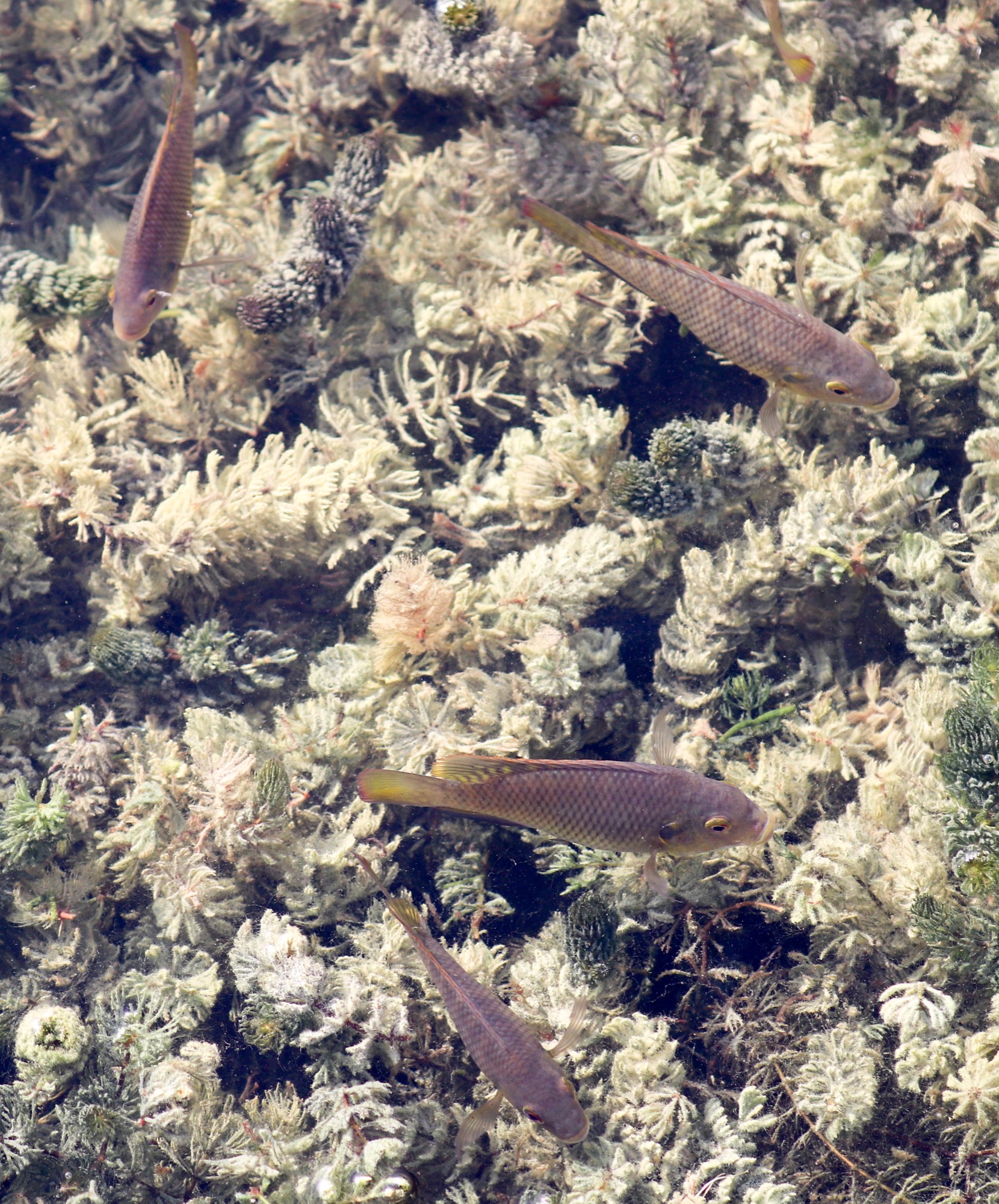
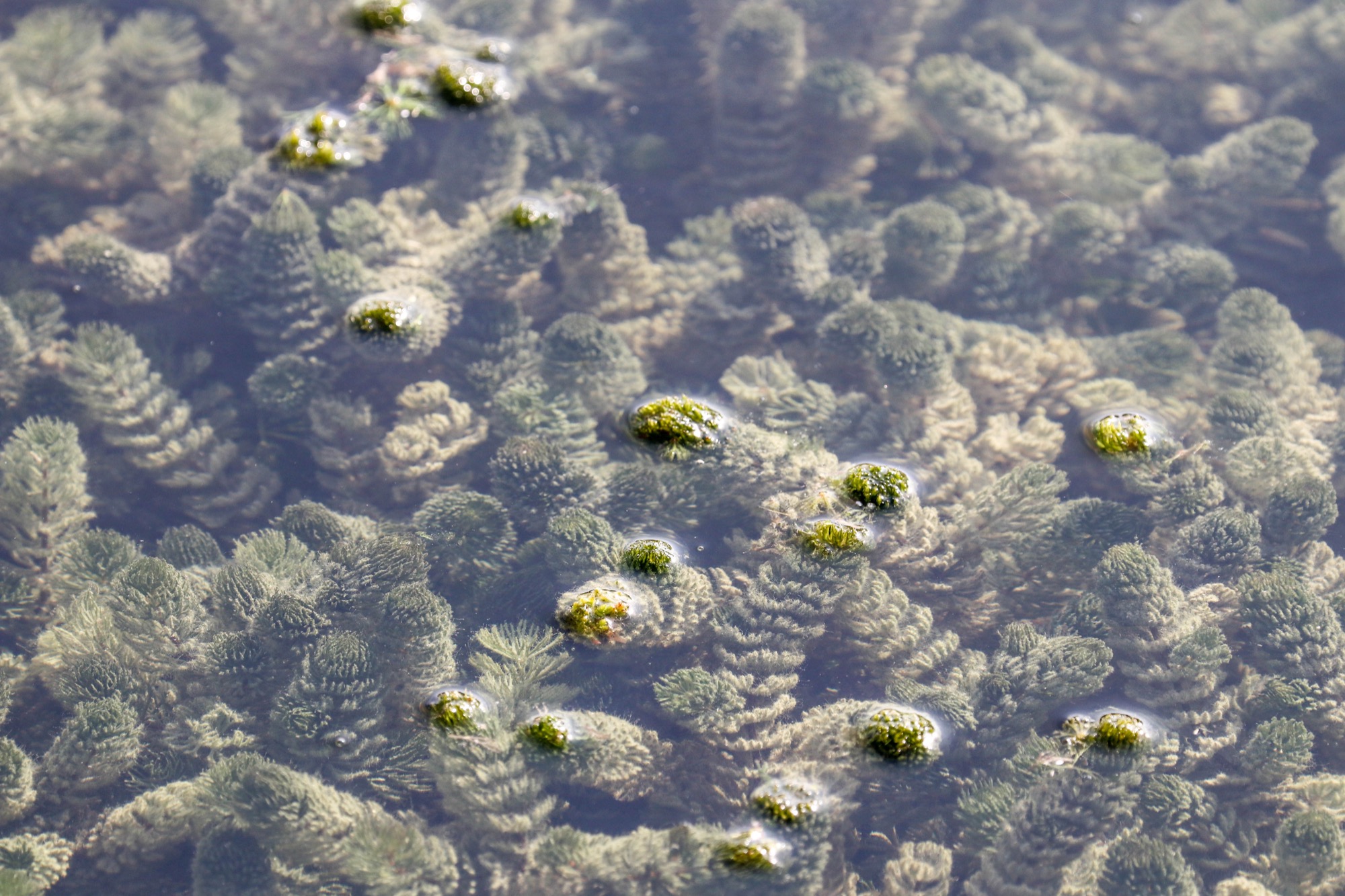
During our day trip to Jerusalem, we made a quick stop to see the Knesset which is the home of Israel's legislative branch of government. While there, we saw a bronze menorah designed by Benno Elkan. The menorah was about 14 feet tall and about 11 feet wide. Nearby, we also saw David Soussana's Menorah and the Star of David sculpture.


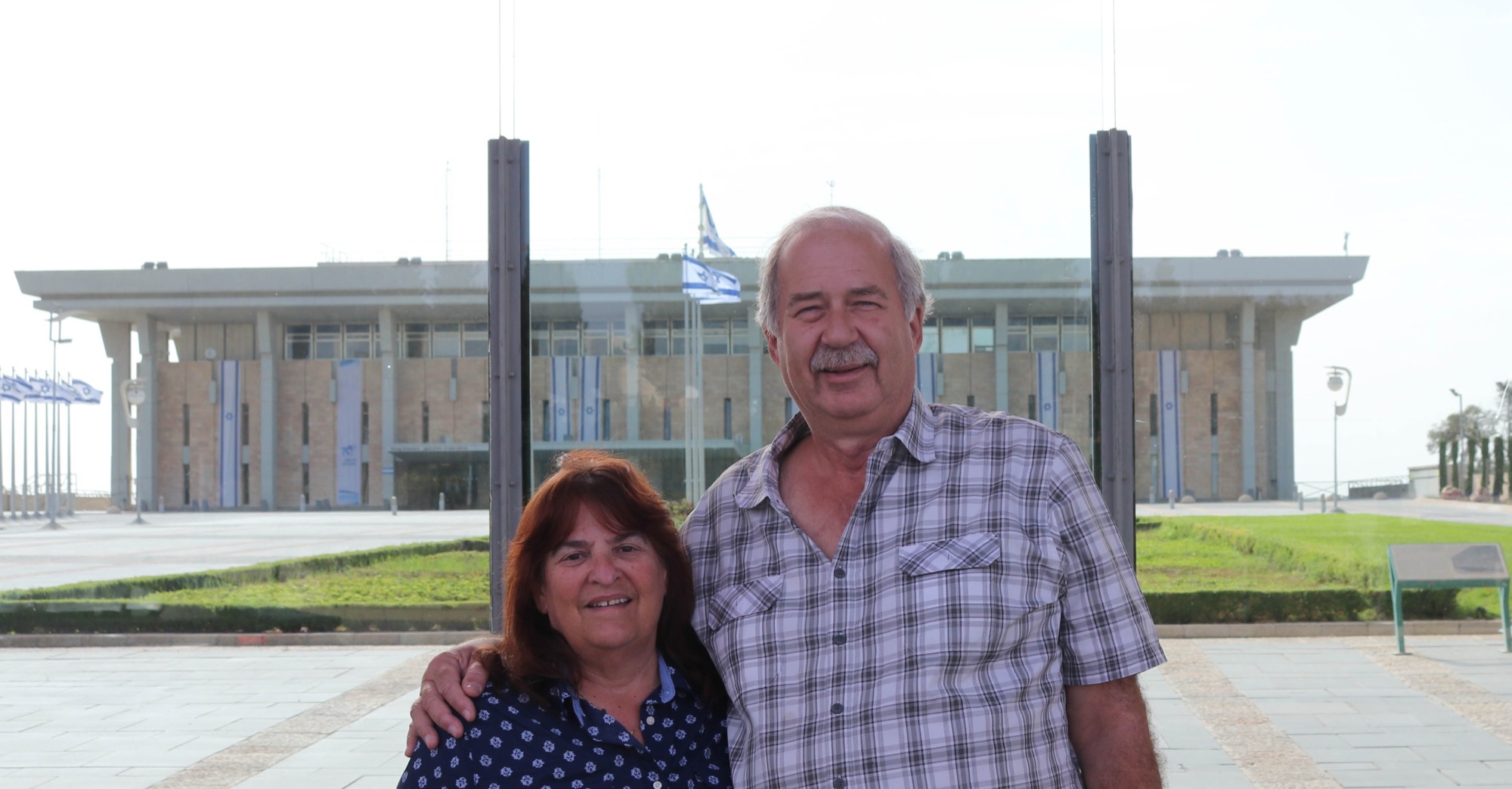
At the Israel Museum, we saw a large and painstakingly accurate model of Jerusalem during the Second Temple period, prior to 66 AD. The 1:50 scale model measures 21,520 square feet.
We also visited the Shrine of the Book. Inside were the Dead Sea Scrolls which are believed to be the world's oldest biblical manuscripts.





Yad Vashem is a museum dedicated to victims of the holocaust. The unique building has galleries winding around a central hallway and the exhibits contain a variety of artifacts and survivor testimonies. The final room is a hall of names which contains books with pages of testimony from victims of the holocaust.
Just outside the exhibit hall is a cast aluminum sculpture called "From Holocaust to Rebirth" that was created in 1971 by Naftali Bezem. The four parts of the sculpture are called The Destruction, Resistance, Immigration to Israel, and Rebirth.


The Old City of Jerusalem, which covers almost 250 acres, is surrounded by a wall built in 1541 during the rule of the Ottomans. Although the wall contains 11 gates, only seven of them are open and provide entrance to the city. We entered through the Jaffa gate which is the main entrance to the city.
Once inside, the city is divided into four quarters: The Jewish Quarter, The Muslim Quarter, The Christian Quarter, and the Armenian Quarter. Each quarter has its own sacred sites and wandering through the narrow alleys and streets provides an interesting insight into the daily pursuits of the people living and working in that quarter.
Throughout the city, we saw rickety old wooden carts piled high with bread, mostly the oblong sesame bread and the round yellow sweet bread.



